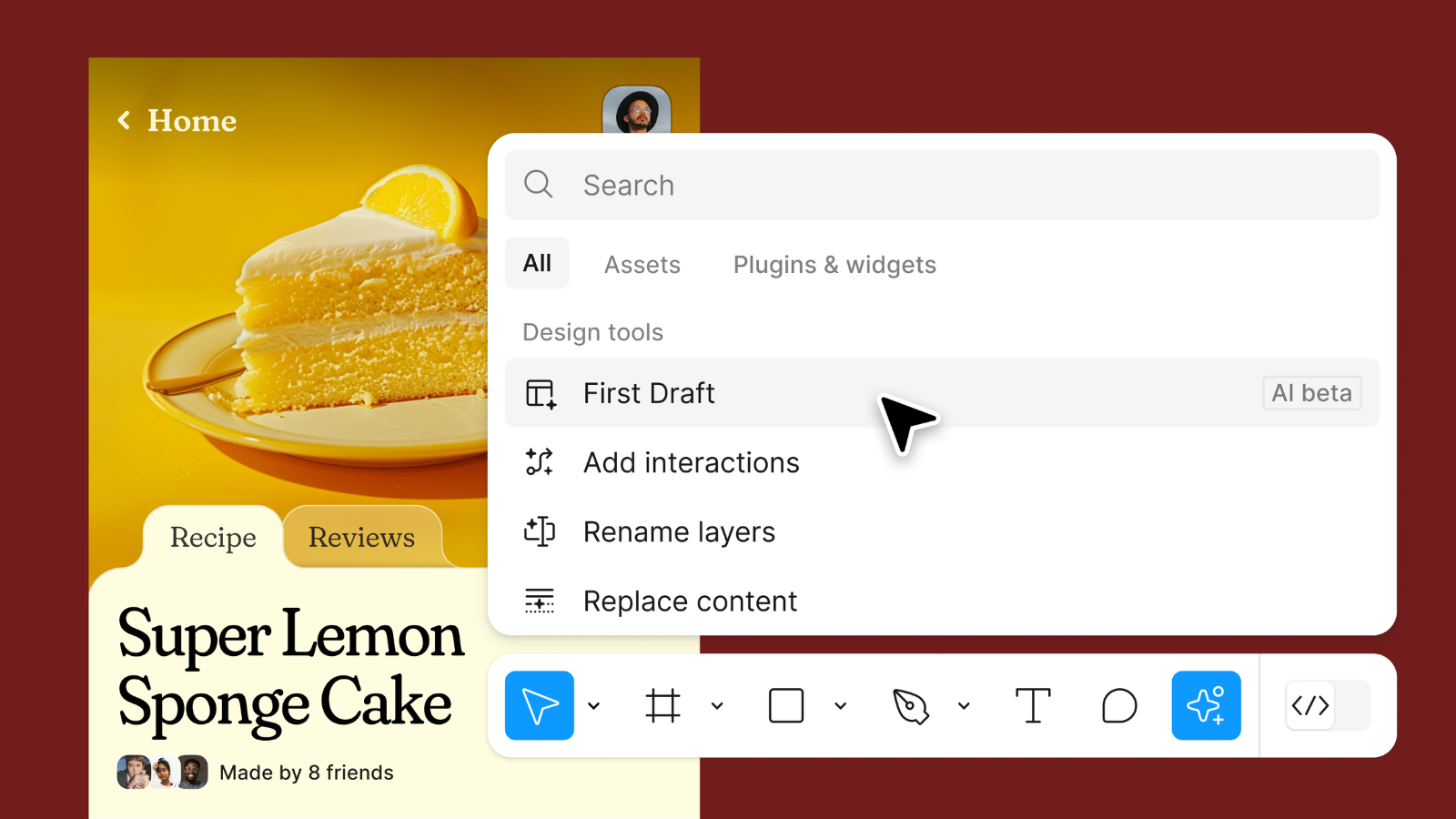Building Accessible and Performant UI/UX with React JS
Creating dynamic, user-friendly interfaces requires React JS most of the time. To really improve UI/UX, though, developers need to put performance and accessibility (a11y) first. These steps depict practical techniques to build accessible, high-performing React apps that users admire. Why Accessibility and Performance Matter In React JS applications, accessibility and performance have a direct impact on the app's overall success. Suppose accessibility and performance are not correctly optimized. In that case, it can lead to a poor user experience, higher bounce rates, and lower engagement, all of which negatively affect how search engines like Google evaluate the app. Moreover, React apps require careful handling of rendering strategies like Server-Side Rendering (SSR) or Static Site Generation (SSG) to ensure that content is easily crawlable by search engines. Without focusing on accessibility, performance, and proper rendering techniques, achieving higher search engine rankings becomes extremely difficult. 1. Crafting Accessible UI in React Accessibility ensures your app is inclusive. Here’s how to implement it in React: Use Semantic HTML Leverage semantic elements like , , and for better screen reader support. X Manage Focus Use useRef to control focus for keyboard navigation, especially in modals or forms. import { useRef, useEffect } from 'react'; function Modal({ isOpen, onClose }) { const buttonRef = useRef(null); useEffect(() => { if (isOpen) buttonRef.current.focus(); }, [isOpen]); return ( Close ); } Leverage ARIA Attributes Add ARIA roles and states to enhance screen reader compatibility. Error: Invalid input Use Accessibility Libraries Libraries like react-axe or eslint-plugin-jsx-a11y help catch a11y issues during React JS development. 2. Optimizing Performance for Seamless UX A performant React app feels snappy and responsive. Try these techniques: Minimize Re-renders with Memorization Use React.memo, useMemo, and useCallback to prevent unnecessary renders. const ExpensiveComponent = React.memo(({ data }) => ( {data} )); function Parent() { const memoizedValue = useMemo(() => computeExpensiveValue(), []); return ; } Lazy Load Components Split your app with React.lazy and Suspense to load components only when needed. const HeavyComponent = React.lazy(() => import('./HeavyComponent')); function App() { return ( ); } Optimize Images Use modern formats like WebP and libraries like react-lazy-load-image-component for faster load times. 3. Testing Your UI/UX Accessibility Testing: Use tools like Lighthouse or axe DevTools to audit your app. Performance Testing: Profile with React DevTools or Chrome’s Performance tab. User Testing: Gather feedback to ensure your UI/UX meets real-world needs. Conclusion Building accessible and performant UI/UX with React JS is both a necessity and an opportunity. By focusing on semantic HTML, ARIA, memoization, and lazy loading, you can create inclusive, fast, and engaging experiences. Start small, test often, and watch your app’s user satisfaction soar! Dive deeper with React’s official documentation or explore libraries like react-aria for advanced accessibility features.

Creating dynamic, user-friendly interfaces requires React JS most of the time. To really improve UI/UX, though, developers need to put performance and accessibility (a11y) first. These steps depict practical techniques to build accessible, high-performing React apps that users admire.
Why Accessibility and Performance Matter
In React JS applications, accessibility and performance have a direct impact on the app's overall success.
Suppose accessibility and performance are not correctly optimized. In that case, it can lead to a poor user experience, higher bounce rates, and lower engagement, all of which negatively affect how search engines like Google evaluate the app.
Moreover, React apps require careful handling of rendering strategies like Server-Side Rendering (SSR) or Static Site Generation (SSG) to ensure that content is easily crawlable by search engines. Without focusing on accessibility, performance, and proper rendering techniques, achieving higher search engine rankings becomes extremely difficult.
1. Crafting Accessible UI in React
Accessibility ensures your app is inclusive. Here’s how to implement it in React:
Use Semantic HTML
Leverage semantic elements like , , and for better screen reader support.
Manage Focus
Use useRef to control focus for keyboard navigation, especially in modals or forms.
import { useRef, useEffect } from 'react';
function Modal({ isOpen, onClose }) {
const buttonRef = useRef(null);
useEffect(() => {
if (isOpen) buttonRef.current.focus();
}, [isOpen]);
return (
);
}
Leverage ARIA Attributes
Add ARIA roles and states to enhance screen reader compatibility.
Use Accessibility Libraries
Libraries like react-axe or eslint-plugin-jsx-a11y help catch a11y issues during React JS development.
2. Optimizing Performance for Seamless UX
A performant React app feels snappy and responsive. Try these techniques:
Minimize Re-renders with Memorization
Use React.memo, useMemo, and useCallback to prevent unnecessary renders.
const ExpensiveComponent = React.memo(({ data }) => (
{data}
));
function Parent() {
const memoizedValue = useMemo(() => computeExpensiveValue(), []);
return Lazy Load Components
Split your app with React.lazy and Suspense to load components only when needed.
const HeavyComponent = React.lazy(() => import('./HeavyComponent'));
function App() {
return (
Loading... Optimize Images
Use modern formats like WebP and libraries like react-lazy-load-image-component for faster load times.
3. Testing Your UI/UX
Accessibility Testing: Use tools like Lighthouse or axe DevTools to audit your app.
Performance Testing: Profile with React DevTools or Chrome’s Performance tab.
User Testing: Gather feedback to ensure your UI/UX meets real-world needs.
Conclusion
Building accessible and performant UI/UX with React JS is both a necessity and an opportunity. By focusing on semantic HTML, ARIA, memoization, and lazy loading, you can create inclusive, fast, and engaging experiences. Start small, test often, and watch your app’s user satisfaction soar!
Dive deeper with React’s official documentation or explore libraries like react-aria for advanced accessibility features.



































































































































































![[The AI Show Episode 143]: ChatGPT Revenue Surge, New AGI Timelines, Amazon’s AI Agent, Claude for Education, Model Context Protocol & LLMs Pass the Turing Test](https://www.marketingaiinstitute.com/hubfs/ep%20143%20cover.png)































































































































![[DEALS] Koofr Cloud Storage: Lifetime Subscription (1TB) (80% off) & Other Deals Up To 98% Off – Offers End Soon!](https://www.javacodegeeks.com/wp-content/uploads/2012/12/jcg-logo.jpg)














































.jpg?#)


























































































_Muhammad_R._Fakhrurrozi_Alamy.jpg?width=1280&auto=webp&quality=80&disable=upscale#)
_NicoElNino_Alamy.jpg?width=1280&auto=webp&quality=80&disable=upscale#)













































































































![M4 MacBook Air Drops to Just $849 - Act Fast! [Lowest Price Ever]](https://www.iclarified.com/images/news/97140/97140/97140-640.jpg)
![Apple Smart Glasses Not Close to Being Ready as Meta Targets 2025 [Gurman]](https://www.iclarified.com/images/news/97139/97139/97139-640.jpg)
![iPadOS 19 May Introduce Menu Bar, iOS 19 to Support External Displays [Rumor]](https://www.iclarified.com/images/news/97137/97137/97137-640.jpg)

































































































